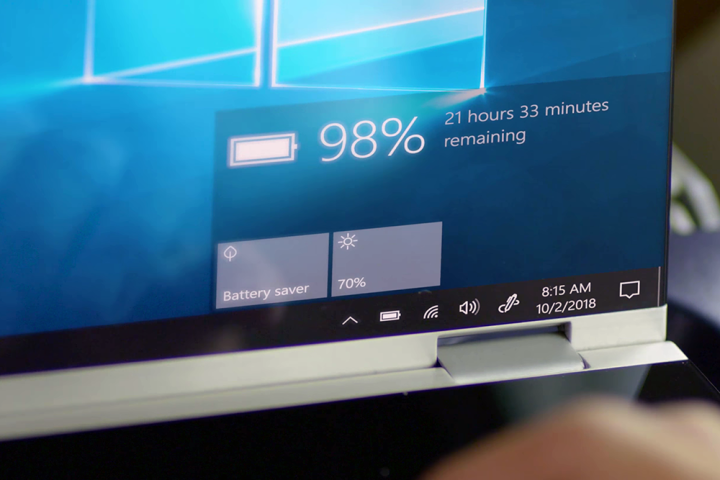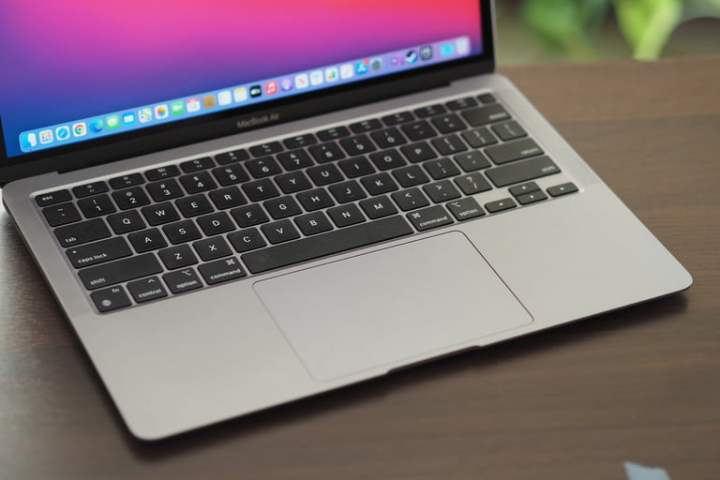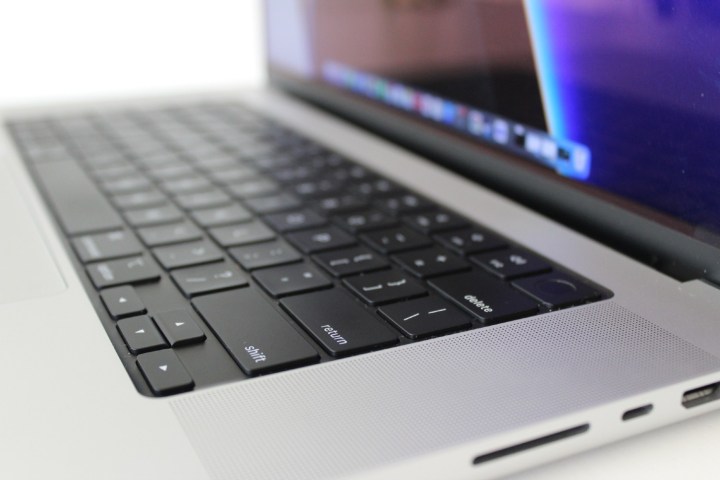A lot has changed since the old days of the Mac vs. PC debate. Windows laptops aren’t the crusty, oversized devices they used to be.
But with the launch of the M1 family of chips, especially in the latest MacBook Pro, Apple has taken the lead once again. Most obviously, those more efficient chips have made for some impressive performance, especially given how silent these laptops stay. But even beyond that, we came up with three key areas where Windows laptops are struggling to compete with MacBooks in 2022.
Battery life

Battery life is at the top of our list. With Apple’s M1 chips being heavily optimized and tweaked specially for MacOS, this is one area where Windows PCs need to improve significantly. MacBooks always seem to get better battery than Windows PCs, and it is something that really needs changing.
You can buy a laptop like the Razer Blade 14, which we marked as the best gaming system, but only get eight hours of battery life for web browsing. Even newer machines with Intel’s 12th generation P-series chips that have no dedicated GPU, like the Yoga 9i, don’t get the best battery. It lasted nine hours in our web browsing tests.
Finally, when we tested it, the MSI Creator Z17, which we said has the potential to be a MacBook killer, only lasted 4.5 hours in web browsing tests. Compared to the MacBook Pro 16-inch with the M1 Max, that’s downright pitiful. You might get a lot of processing strength on these Intel systems, but the power just doesn’t hold up long when unplugged from the wall.
Those battery life numbers are all well off from what we got when we tested the MacBook Pro 13 M1. It lasted 16 hours for web browsing, and the MacBook Air M1, lasted 15.5 hours.

On the Windows front, the best battery life comes from laptops that are powered by Qualcomm’s Snapdragon processors. These always-connected machines are powered by ARM-based SoC like Apple’s latest systems, so they get better battery life than laptops with Intel-based chips. Take the ThinkPad X13s as an example.
Unfortunately, though, app emulation holds these machines back for most people when compared to MacBooks. And, on the other laptops with Intel processors intended to challenge MacBooks, factors like OLED screens, touch screens, power-hungry Intel H-class CPUs, and Nvidia GPUs come into the picture and severely impact battery life as well.
It’s a darn shame to see Windows PCs struggle this bad, and I really hope Intel’s next wave of processors can fix this.
Speakers

Next on the list are speakers. With the rise of teleconferencing and work from home lifestyles, speakers have become much more important in a laptop. You want a system that performs well but also sounds good. Apple’s latest MacBook Pros have fantastic speakers, and Windows systems need to catch up across all levels — not just the premium side.
With Windows PCs, speakers are hit and miss. If you pay the extra penny, you might get a system with a good speaker setup, but most laptops aren’t as sophisticated. Take the LG Gram 17 or the Asus Vivobook Flip 14, which have downwards firing speakers as an example. This makes the audio sound incredibly muffled, which can be frustrating after you shell out so much money for a laptop.
But some laptop makers are trying to change things up. A system like the HP Elite Dragonfly Max is different. It has four Bang & Olufsen-tuned speakers. That’s two upward-firing on each side of the keyboard and two downward-firing on the bottom of the case. Even so, we didn’t find them as good as the MacBook.
There are also the new speakers on the Surface Laptop Studio or the XPS 17. The Studio has a quad-speaker setup — two under the keyboard and two subwoofers on the sides of the laptop. The XPS 17 has a quad-speaker setup with Waves Nx 3D audio.

On the MacBook Pro 16-inch and 14-inch, there is a six-speaker high-fidelity sound system that includes two tweeters and four woofers. In our tests, we got some deep bass thumps and high levels, and we found that it sounded even better than Bluetooth speakers. There’s even support for spatial audio, too.
I really do wish those great speakers were standard on all Windows laptops. It is great to see that laptop makers are pushing premium sound experiences on premium devices, but it needs to become the standard. Just like how 720p webcams no longer cut it, good speakers should not be a second thought.
Better bundled software

One of the best things about MacBooks is the included apps. You get FaceTime and iMessage, both of which sync with your iPhone. Then there is also iMovie or GarageBand, which can be used for music and video editing. Then there’s the suite of iWork applications, which don’t cost extra, unlike Microsoft Office. It is these pieces of included software that make a huge difference for most people in the Mac vs. PC debate, and it is where PCs need to catch up.
I say this despite the fact that Windows 11 laptops come with a lot of great apps. You get Phone Link, which can bring your Android Phone and PC closer together. There are also Widgets, Weather, News, and other system apps that Microsoft pre-installs. But Macs are still better if you have an iPhone in your pocket, and it always will be that way.
If you own an iPhone and want to see your text messages, photos, or video calls on your PC, then you’re out of luck. Phone Link doesn’t support this. For now, Windows PCs only play nice with Android phones. If Microsoft and its partners want a cut of Apple’s Macs, they need to tap into the walled garden and find a way to make iPhones work with Phone Link.
And it is not like this isn’t possible. Dell allows you to do these things on XPS and select other systems with Dell Mobile Connect, so I am sure there are workarounds that Microsoft can use.

The final part of this touches on video editing. All new Windows 11 PCs have a built-in free inbox app and video editor known as Clipchamp. It is a web-based experience that’s pretty basic for quick videos, but not complete enough for longer projects like podcasts or featured movies. It also only exports at 1080p on the free tier.
I’d really love to see Microsoft build off that and focus on coding a complete video editor for Windows PCs, just like iMovie. Creatives often turn to Macs for these kinds of reasons, and it’s a shame that there’s no free iMovie competitor on Windows to sway people into buying PCs. Just like tapping into iPhones might help sell more PCs, creating an iMovie-like app would too.
And, it’s not like there aren’t PCs that aren’t ready for video editing. Intel’s new 12th generation H-series and P-series chips are more than capable of this. These chips have new performance and efficiency cores that come close to the M1 in terms of plugged-in performance. Just look at our review of the Asus ROG Flow Z13 as an example or upcoming laptops like the Lenovo Slim 7i Pro X, which combine Intel’s H-series chips with Nvidia GPUs.
PCs are still good and getting better
Despite all this, PCs are still better than Macs in many ways and are sometimes inspired by them. For example, PCs have better 16:10 aspect ratio displays, first pioneered by Apple. PCs also support touch and OLED technologies or even in-screen haptics with a stylus. Inspired by the MacBook Pro, PCs also now have haptic touchpads, like on the Surface Laptop Studio. Not to forget, the new wave of 1080p webcams that now are becoming standard.
The age-old battle will go on, and it might always be an Apple to oranges comparison, but at least PCs can be inspired by Macs and Macs inspired by PCs.


